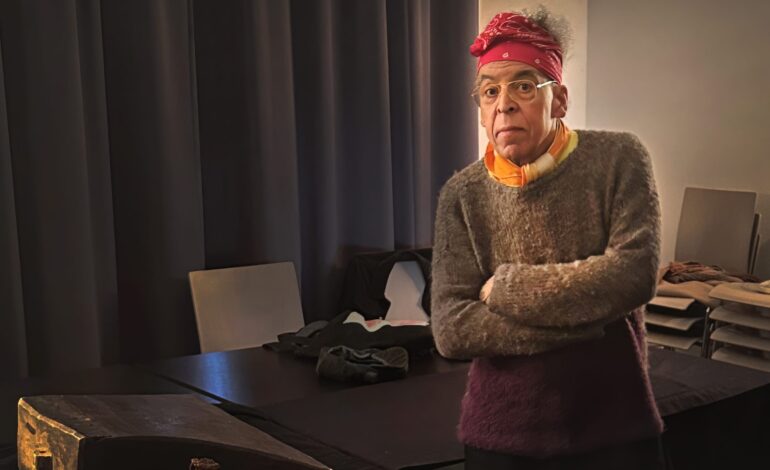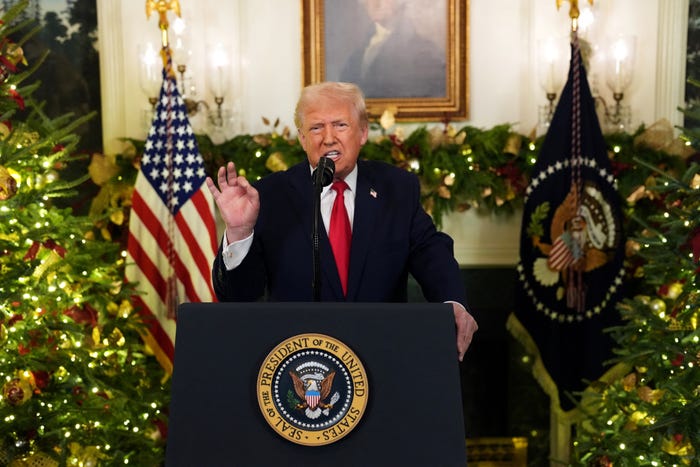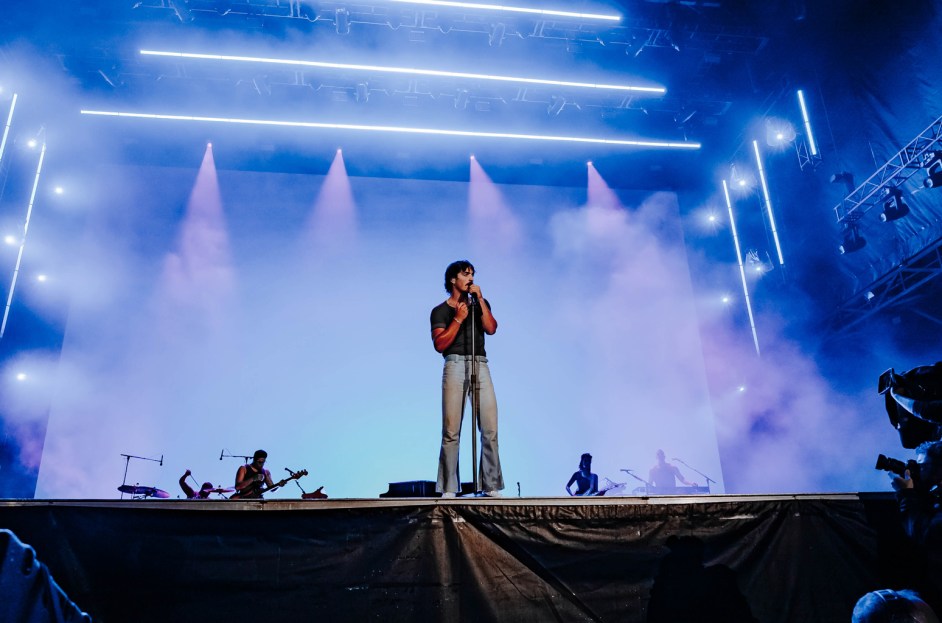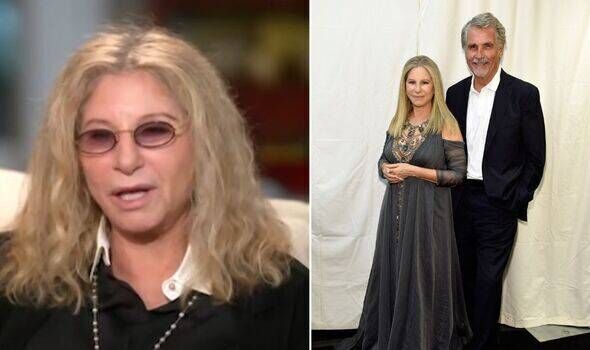Satch Hoyt Revives African Instruments in Hamburg’s MARKK Museum

In a groundbreaking initiative, artist and musician Satch Hoyt has begun the process of ‘un-muting’ African instruments held in museums, starting with the MARKK Museum in Hamburg, Germany. During a recent session in the museum’s storage area, staff witnessed Hoyt play these historically significant instruments without gloves, marking a significant departure from traditional museum protocols that often prevent the touching and playing of artifacts.
Hoyt’s aim is not just to make music; he seeks to restore cultural connections. He views these instruments as vital tools for communication with ancestors and the divine, often silenced in museum storage. By playing them, he reactivates their significance and honors their original purpose. “It was like they were going, ‘Yeah, we needed to hear this,’” Hoyt remarked, referring to the instruments as if they were alive with history and spirit.
Born in London in 1957 to an English mother and a Jamaican father, Hoyt is influenced by a rich cultural heritage that spans various artistic movements. He has collaborated with numerous notable figures and is now focusing on reconnecting with his ancestral roots through music and art. This journey began in earnest in 2017 at the Berlin phonographic archive, where he encountered the wax cylinder recordings made by archaeologist Leo Frobenius in the early 20th century.
Hoyt’s un-muting practice challenges the conventional museum narrative, which often classifies these instruments as mere artifacts rather than living parts of cultural heritage. He highlights the importance of sound, stating, “Instruments need to be played. If they’re not, they literally dry up.” This perspective led him to question why instruments in museums are often left untouched while renowned violins are frequently played and cherished.
In February 2022, Hoyt staged his first formal un-muting event at the Brucke Museum in Berlin, which garnered attention for its innovative approach to cultural restitution. His work has sparked discussions about the responsibilities of museums in maintaining and sharing cultural heritage. While some institutions remain protective of their collections, Hoyt insists that his experience and knowledge of the instruments validate his right to play them.
One notable experience occurred when Hoyt gained access to the British Museum’s collection in 2023 after extensive negotiations. He was required to sign a waiver acknowledging potential health risks from toxic substances used in the preservation of the instruments. Despite this, he remains undeterred, stating, “I always have to bend over backwards to show them that I have my own collection… and I’m playing these instruments on a daily basis.”
Hoyt’s un-muting process is not merely about sound; it reflects a deeper call for cultural rematriation. He emphasizes that communities of origin should have access to the sounds that belong to their heritage. “If museums oppose the return of material heritage, communities of origin can at least be reunited with their intangible heritage,” he explained.
The range of instruments Hoyt encounters varies greatly, with some being traditionally reserved for specific rituals or ceremonies. He acknowledges that certain instruments may remain quiet, reflecting a reluctance to be awakened from their dormant state. “Maybe some instruments retain this state of slumber; they don’t want to be awoken,” he mused.
Hoyt’s practice can be seen as a form of sonic restitution, helping to bridge the gap between the past and present. His performances create a connection that reintegrates these instruments into the cultural fabric from which they originated, albeit temporarily. “I just feel that I’m witnessing the eternity of it all,” he reflects on his experiences.
Currently, Hoyt is planning to expand his un-muting efforts to key collections in the United States and the Vatican’s vaults. With a staggering 90% of Africa’s material heritage located in Western institutions, his work highlights the challenges of reclaiming cultural artifacts. Nevertheless, he offers a model for future initiatives aimed at reviving and celebrating these muted voices.
Hoyt’s work is currently featured in the exhibition, Your Ears Later Will Know to Listen, at Nottingham Contemporary in the United Kingdom, which runs until September 7, 2023. He will also perform at the Afrosonica – Soundscapes exhibition at the MEG – Ethnographic Museum of Geneva on September 5, 2023, with additional displays planned at Karst in Plymouth, UK, in October. His efforts continue to resonate, offering a powerful reminder of the importance of cultural heritage and the sounds that connect generations.





